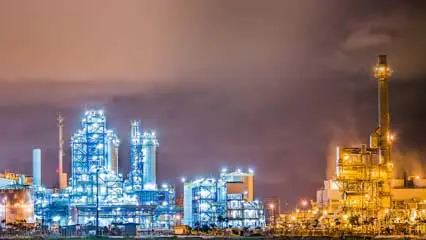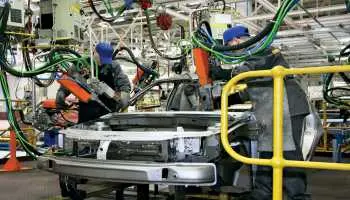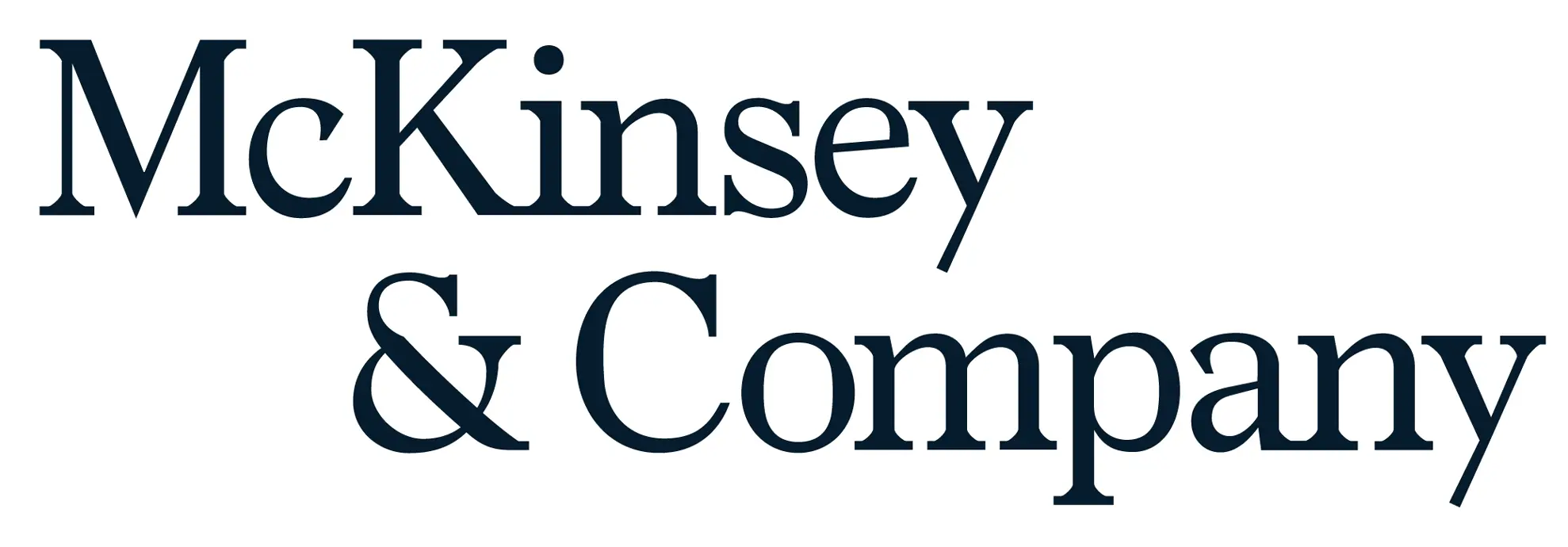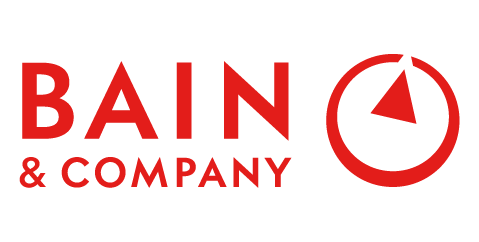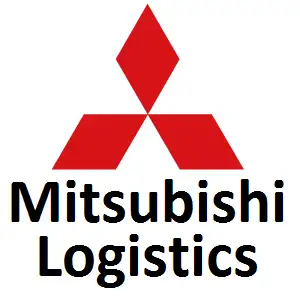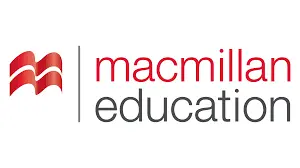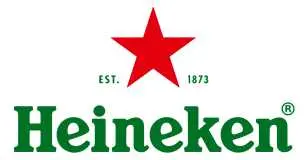
Ammonia Market Share, Trends, Demand, Revenue, Growth Strategy, Key player, Challenges, Opportunities and Future Competition Till 2034: SPER Market Research
Category :
Chemical & Materials
Published: Feb-2025
Author: SPER Analysis Team
Ammonia Market Share, Trends, Demand, Revenue, Growth Strategy, Key player, Challenges, Opportunities and Future Competition Till 2034: SPER Market Research
The Global Ammonia Market is projected to be worth 407.43 billion by 2034 and is anticipated to surge at a CAGR of 6.16%.
Ammonia is a colorless inorganic compound of nitrogen and hydrogen that has a distinct unpleasant odor. It is mostly manufactured from natural gas by the Haber process, in which nitrogen and hydrogen react in the presence of an iron catalyst to make ammonia. The molecular structure of ammonia is a trigonal pyramid with a nitrogen atom at the peak and three hydrogen atoms at the base. Ammonia is soluble in water and is utilized in a variety of applications. It is a critical industrial chemical utilized in a variety of industries, including fertilizer, chemicals, refrigeration, fibers and plastics, pharmaceuticals, pulp and paper, and others.
Drivers: The global ammonia market is primarily driven by its critical role in the agricultural sector for producing nitrogen-based fertilizers like urea and ammonium nitrate, essential for boosting crop yields to meet rising food demand. Industrial applications further propel market growth, with ammonia being a key component in manufacturing explosives, synthetic fibers, plastics, refrigerants, and cleaning products. Increasing demand for eco-friendly refrigerants enhances its use due to its energy efficiency and low environmental impact. Additionally, growing investments in green ammonia production using renewable energy to reduce carbon emissions are driving innovation. Infrastructure development and expanding agricultural and industrial sectors further support market expansion, making ammonia vital across diverse industries.
Request For Free Sample Report @ https://www.sperresearch.com/report-store/ammonia-market.aspx?sample=1
Challenges: The ammonia market faces growth restraints due to several challenges. Environmental concerns over greenhouse gas emissions from ammonia production lead to stricter regulations and higher compliance costs. The high energy consumption of the Haber-Bosch process further raises operational expenses, especially amid volatile energy prices. Dependency on raw materials like natural gas and coal makes production vulnerable to supply chain disruptions and cost fluctuations. Health and safety risks associated with ammonia handling and storage increase logistical complexities due to stringent safety measures. Additionally, the limited adoption of green ammonia technology, hindered by high investment requirements, slows progress toward sustainable alternatives. Together, these factors pose significant obstacles to the market’s expansion and profitability.
Market Trends: The expanding global population creates a strong demand for food crops. However, one of the most pressing issues confronting the global agricultural sector is the depletion of arable land in mature economies. Ammonia-based fertilizers provide a partial solution to this problem by increasing agricultural productivity while addressing important challenges such as water conservation, soil degradation, and climate change. The world population is quickly increasing, and this trend is predicted to continue during the forecast period. Major countries around the world have experienced substantial population growth. The current situation has put a burden on key resources, particularly food. Furthermore, as the population has grown, per capita food consumption has increased.
Global Market Key Players:
Acron, Yara International, BASF SE, CF Industries Holdings, Inc, Koch Fertilizers, LLC, Mitsui Chemicals, Inc, Nutrien Ltd, Qatar Fertiliser Company, SABIC, and Sumitomo Chemical Co, Ltd are just a few of the major market players that are thoroughly examined in this market study along with revenue analysis, market segments, and competitive landscape data.
For More Information about this Report @ https://www.sperresearch.com/report-store/ammonia-market.aspx
Global Ammonia Market Segmentation:
By Product: Based on the Product, Global Ammonia Market is segmented as; Aqueous, Anhydrous.
By Application: Based on the Application, Global Ammonia Market is segmented as; Fertilizers, Refrigerants, Pharmaceuticals, Textile.
By Region: This research also includes data for North America, Latin America, Asia-Pacific, Europe, Middle East & Africa.
This study also encompasses various drivers and restraining factors of this market for the forecast period. Various growth opportunities are also discussed in the report.
Would you like to view the sample pages?
Get Sample PagesExplore Related Reports
Domains Served
Our Global Clients
Our data-driven insights have influenced the strategy of 200+ reputed companies across the globe.




